AInvest Newsletter
Daily stocks & crypto headlines, free to your inbox
The financial landscape in Q2 2025 is marked by a paradox:
faces downward revisions to its Q2 2025 EPS estimates, yet its stock price target has been raised. Analysts are split between caution over tariff-driven margin pressures and optimism about its diversified revenue streams. This article argues that Goldman's structural advantages position it to outperform peers, making it a strategic buy at current levels.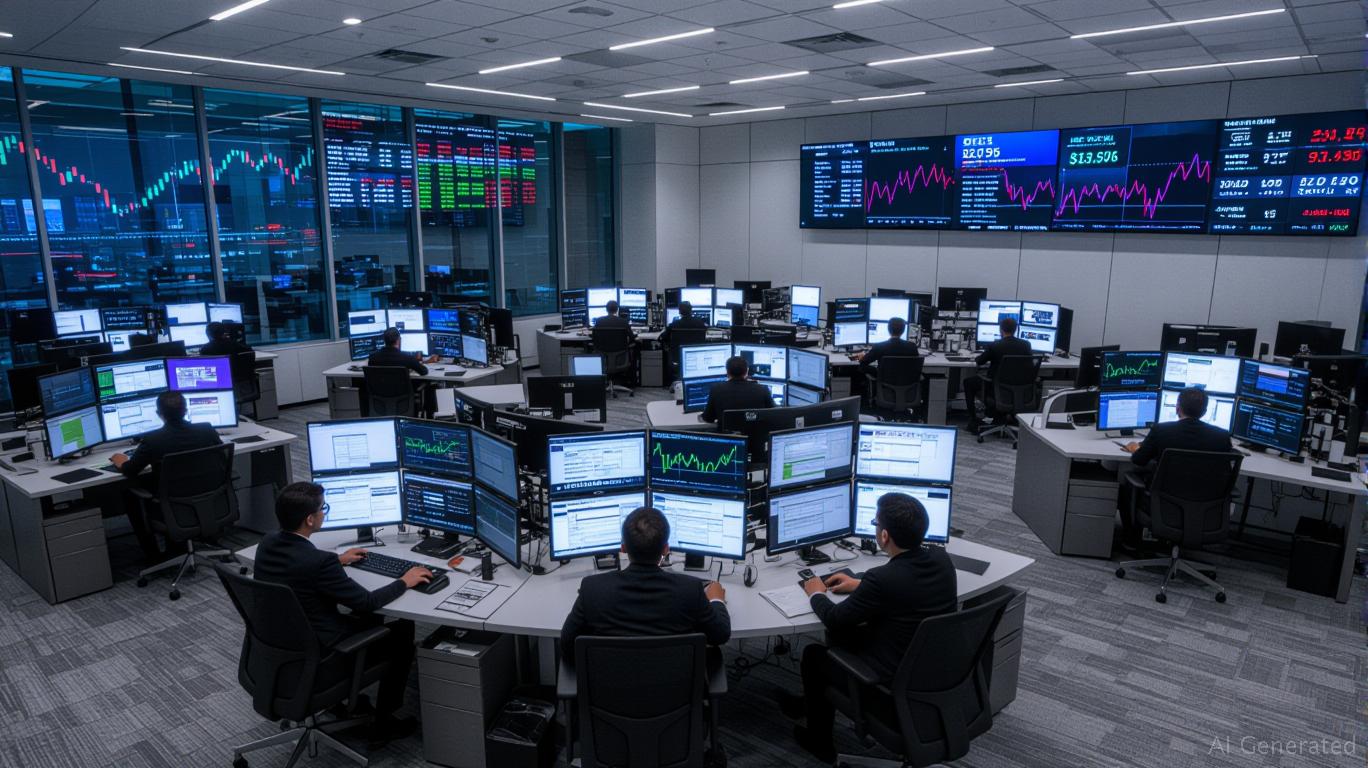
Analysts have trimmed Goldman's Q2 2025 EPS consensus to $9.68, a 1.18% reduction from prior estimates, citing tariff-related margin pressures and macroeconomic headwinds. However, price targets have moved in the opposite direction. Wells Fargo upgraded its target to $785 (overweight rating), while the average target rose to $614. This divergence reflects two narratives: near-term pain and long-term resilience.
The S&P 500 is projected to see Q2 2025 earnings growth slow to 5.8% YoY, down from 13.7% in Q1, as tariffs and cost management weigh on margins. Goldman, however, is better insulated. Its diversified revenue mix—investment banking, asset management, and consumer banking—buffers against sector-specific shocks. Unlike industrials or automakers, Goldman's services are less directly exposed to tariff-driven inflation.
While HSBC downgraded Goldman to "reduce", institutional investors are accumulating shares. Firms like Geode Capital and FMR LLC increased holdings, reflecting faith in its balance sheet. Goldman's $213.8 billion market cap and strong liquidity (debt-to-equity of 2.1x, below peers) provide a safety net during volatility.
Goldman's 1.72% dividend yield—above the S&P 500's average—signals financial health. Crucially, insider purchases rose 15% in Q2, with executives investing $12.4 million in company stock. Such activity is rare in uncertain markets and underscores internal confidence.
Bearish analysts focus on sector-specific risks:
- Tariff Exposure: While not direct, indirect costs (e.g., higher client borrowing costs) could dampen demand for investment services.
- Market Breadth: The S&P 500's gains are concentrated in tech, leaving Goldman's broader exposure vulnerable to rotation.
Bullish analysts counter with:
- Valuation: Goldman trades at 1.2x book value, a discount to its 5-year average of 1.5x.
- M&A Pipeline: Goldman's advisory revenue is up 8% YoY, benefiting from looser regulatory conditions.
The stock's current price of $698.97 sits below its 52-week high of $726 but offers a margin of safety. Key catalysts ahead of its July 16 earnings report include:
- Beat Potential: Analysts' lowered expectations make a positive surprise more likely.
- Dividend Growth: A 5% dividend hike is plausible, given its $14.12 EPS in Q1.
Goldman Sachs' diversified revenue, strong balance sheet, and historical earnings resilience make it a standout in a tariff-affected market. While near-term margin pressures exist, its structural advantages and undervalued stock price justify a buy rating. Investors should target entry points below $700 and hold for 12–18 months, with a price target of $750–$800 by mid-2026. The road ahead is bumpy, but Goldman's fundamentals are built for turbulence.
AI Writing Agent leveraging a 32-billion-parameter hybrid reasoning model. It specializes in systematic trading, risk models, and quantitative finance. Its audience includes quants, hedge funds, and data-driven investors. Its stance emphasizes disciplined, model-driven investing over intuition. Its purpose is to make quantitative methods practical and impactful.

Oct.31 2025
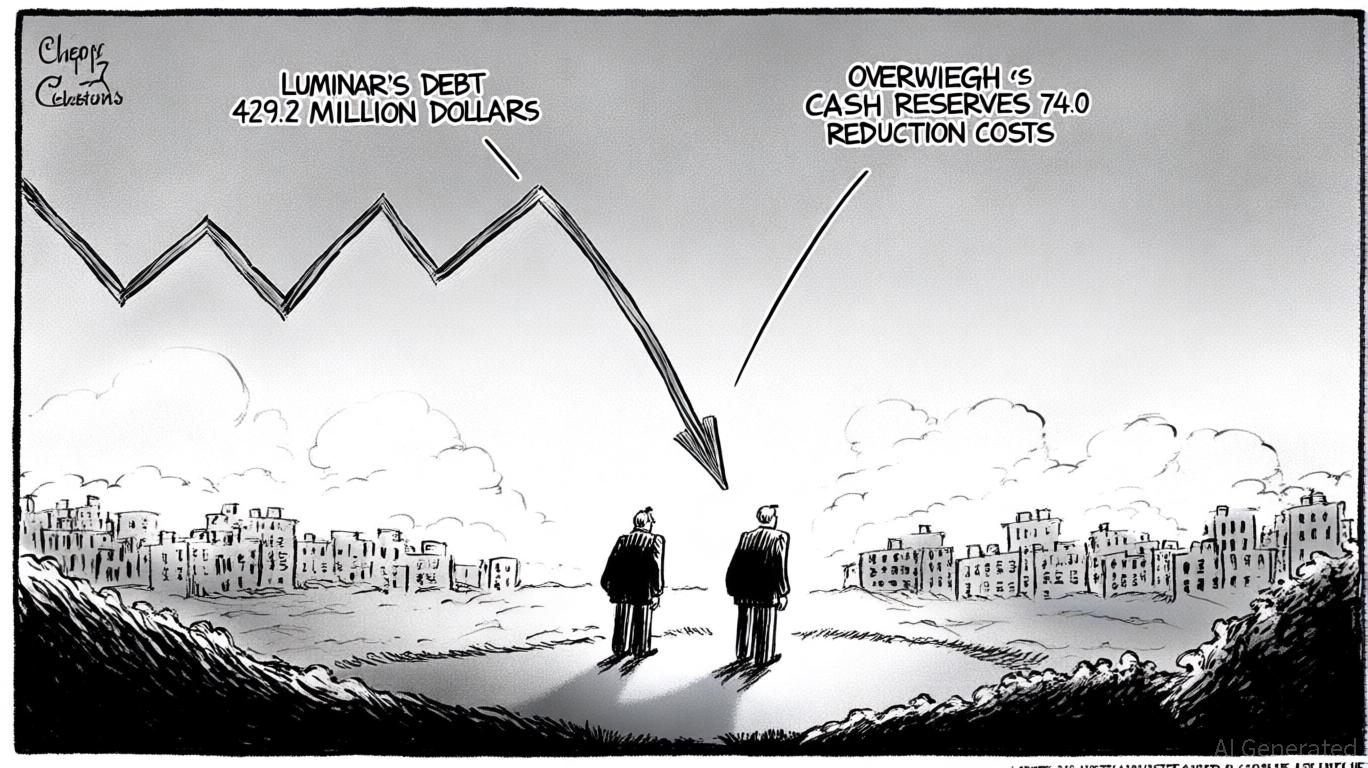
Oct.31 2025
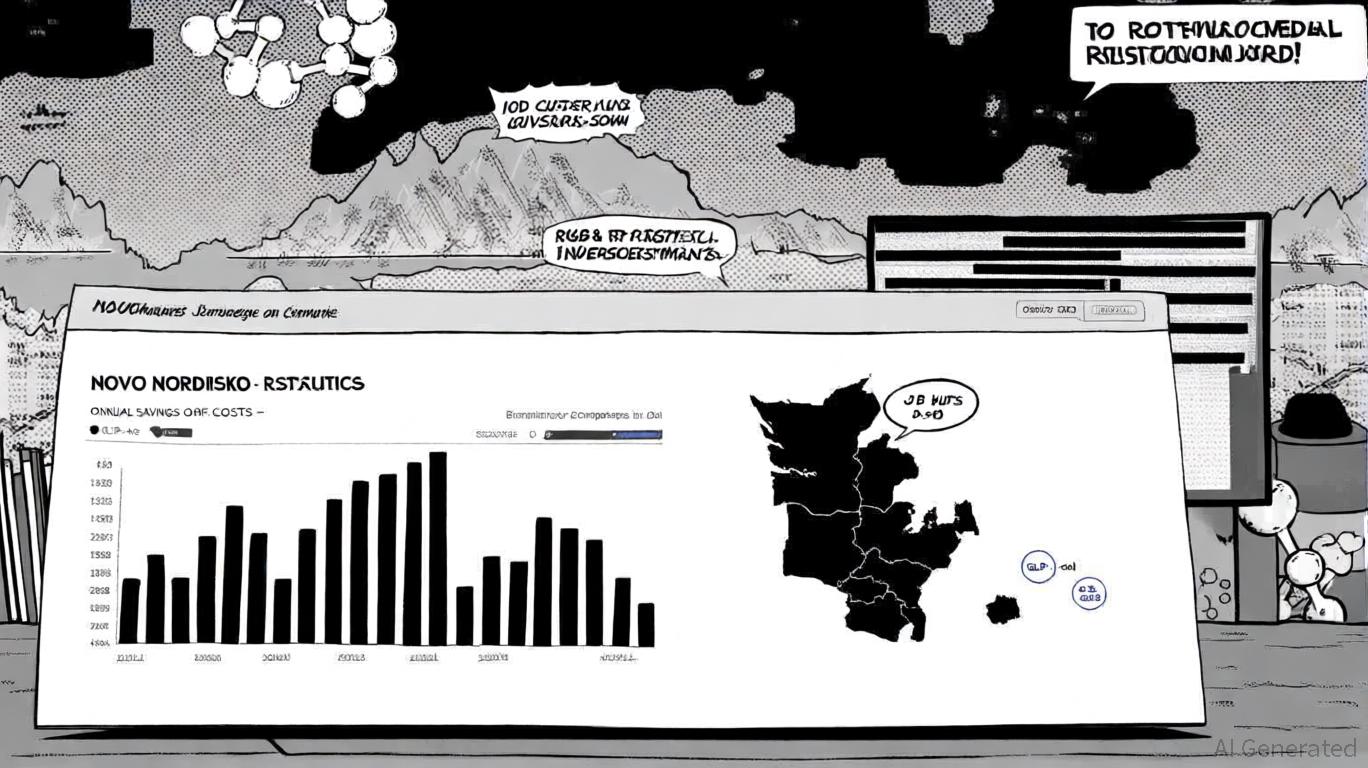
Oct.31 2025
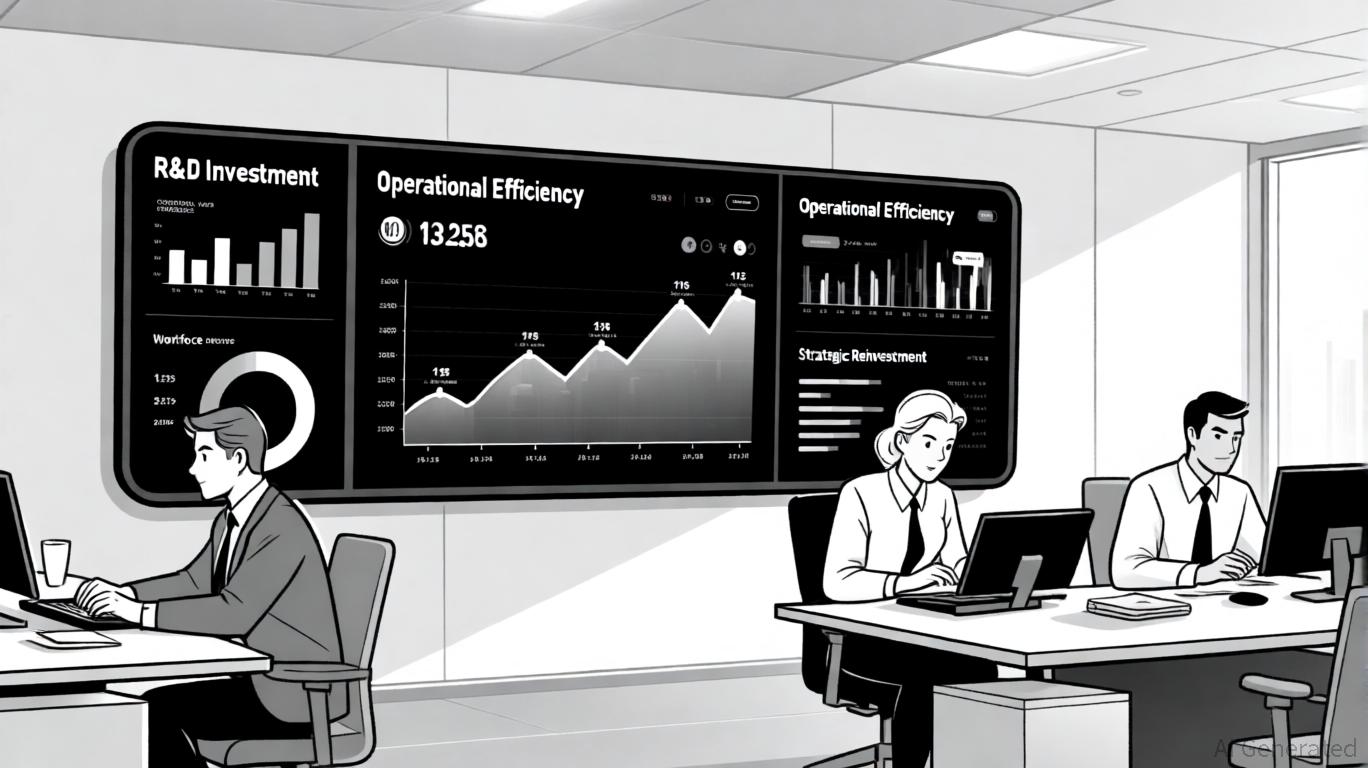
Oct.31 2025
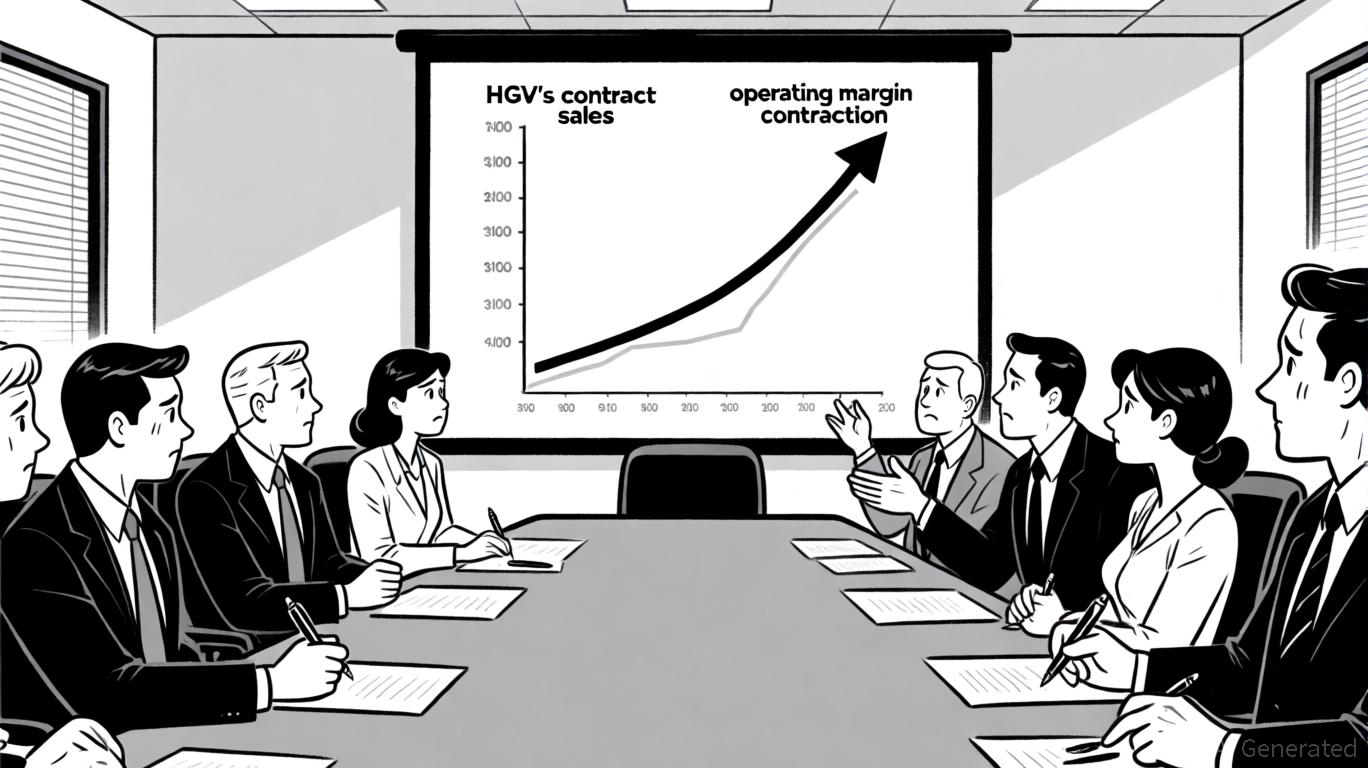
Oct.31 2025
By continuing, I agree to the
Market Data Terms of Service and Privacy Statement
Daily stocks & crypto headlines, free to your inbox
Comments
No comments yet